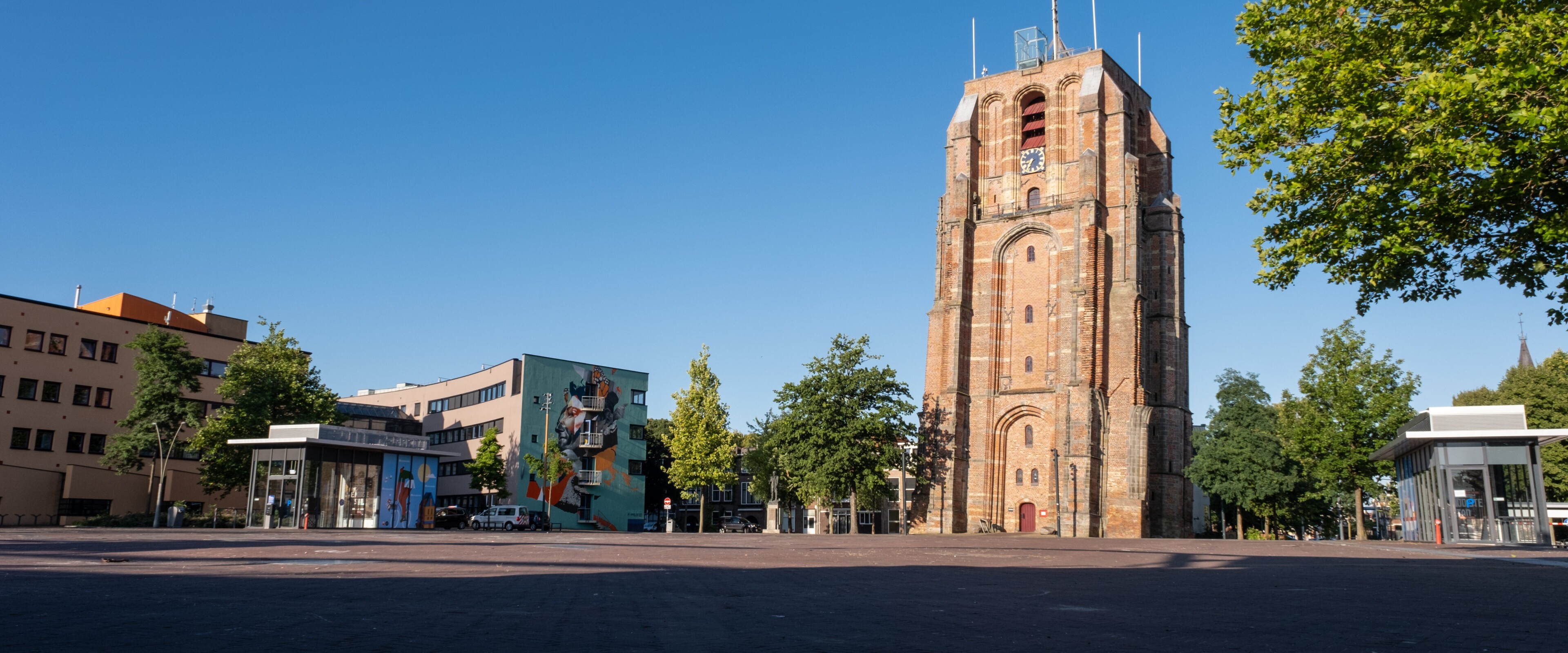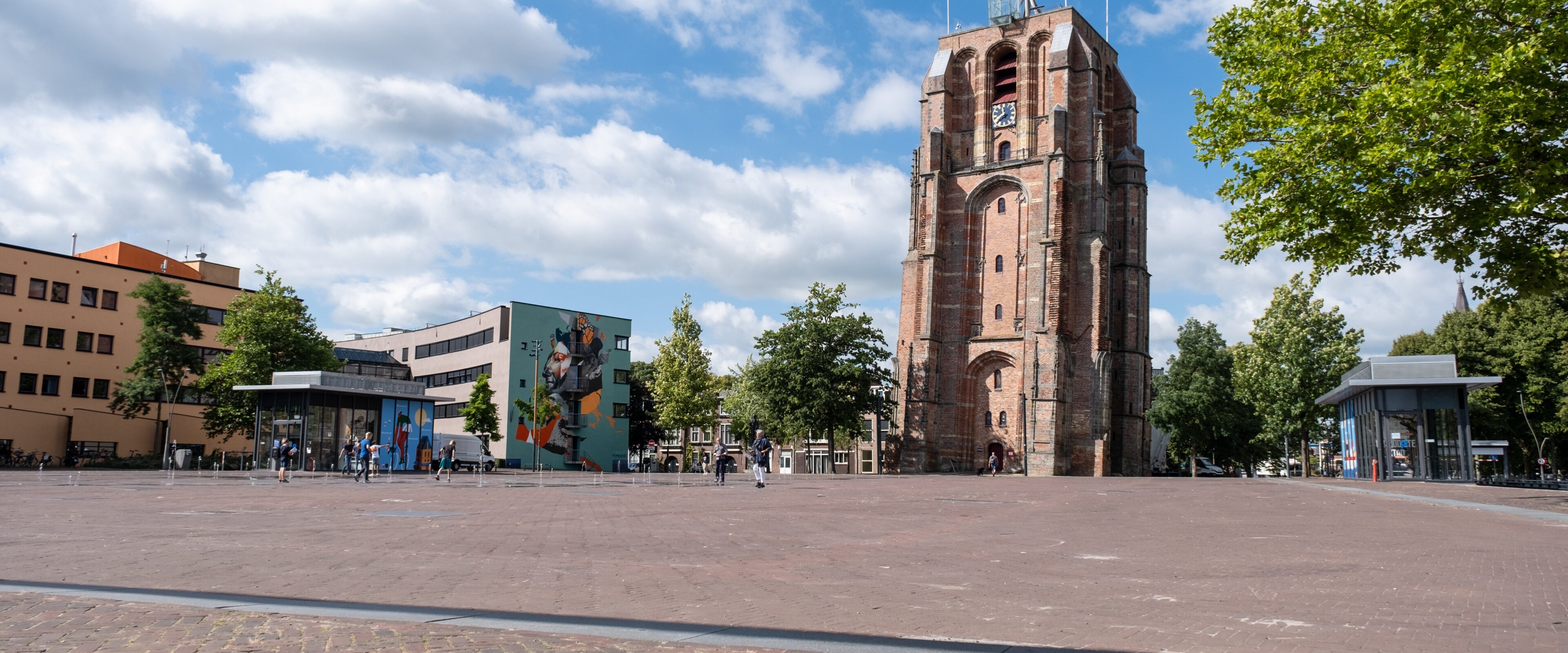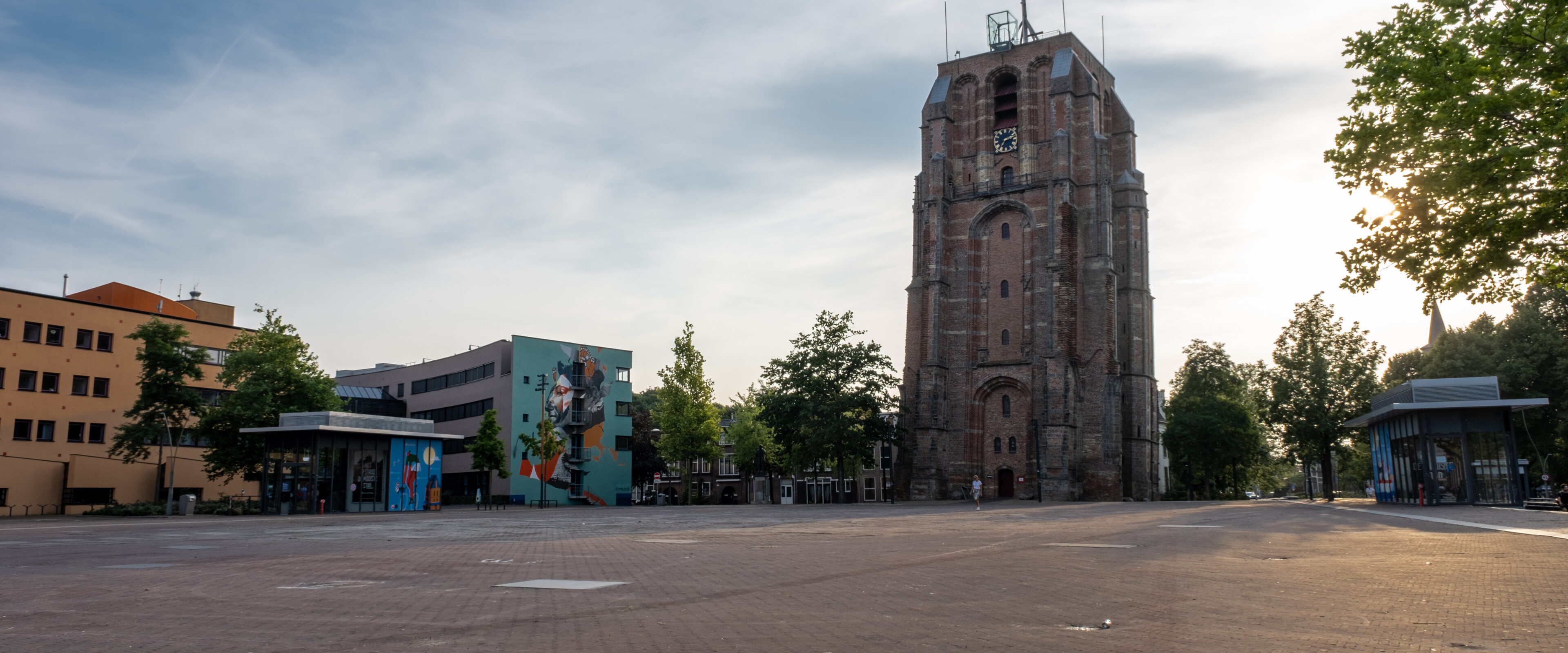Mobility
This page contains information about the mobility policy framework and developments around a zero-emission zone in the City of Leeuwarden. The City of Leeuwarden has drawn up a mobility policy framework. The possible arrival of a zero-emission zone was also investigated.
Mobility policy framework
What is the future role in the City of Leeuwarden of the car, public transport or shared transport? How much space is a cyclist or pedestrian given? And what does this mean for cars, parking and green spaces? These are all topics that you deal with on a daily basis.
These subjects are laid down in the Mobility framework policy. The City Executive has adopted the mobility policy framework. The city council has also adopted the policy framework. Central to the policy framework is an increased focus on quality of life and a healthy physical environment. The City of Leeuwarden wants more space for greenery, walking and cycling. The city council will discuss the plans after the summer. The Mobility Policy Framework does not detail any projects. It forms the basis for implementation programmes and projects of the coming years.
Video
Do you want to know what’s in the policy framework? Watch the explanatory video.
Together with residents
The Mobility Policy Framework elaborates on the seven principles. New projects where mobility plays a role should meet these mobility criteria. The 7 guiding principles for mobility came about with information from residents. A questionnaire on the future of mobility in the municipality was completed by over 1,000 residents. Residents could also attend several meetings (mobility cafes) in June and November 2023 to discuss the issues further.
The 7 mobility principles
- Building within existing villages and towns helps make mobility more sustainable.
- All villages will be connected by a cycling route, regional public transport, and there will be a P&R on the city ring road.
- 30 kilometres per hour will become the standard maximum speed in populated areas. Except at a few main roads. Walkers and cyclists will be given priority where possible.
- Pedestrians and cyclists can cross the city ring road safely and in pleasant surroundings. Motorists are given the option of driving via De Haak, taking a different mode of transport or travelling outside rush hour.
- Leeuwarden city centre will be given more residential quality. Walking will be given priority. From the city ring road, you head to the city centre car parks. This will turn the city ring road into a Parking Ring Road.
- The city centre will be greener: street parking is increasingly moving to car parks and P&R hubs. This will give the centre more space for green space, walking, meeting and bicycle parking (disabled parking and loading/unloading will remain).
- Neighbourhoods and villages will be made greener with less parking disruption thanks to parking policy and neighbourhood hubs.
Planning for zero-emission zone
- The local authority will make a decision on announcing a zero-emission zone at the end of 2024 or beginning of 2025. We will include the results of the walk-in meeting in this to complement the study report.
- If the city council decides to announce the zero-emission zone, fresh talks will be held with business owners. Together we will make good preparations and put the right framework conditions in place.
- The traffic decision will be made a year before any actual introduction of the zero-emission zone. You can submit views on this.
- In 2029: possible introduction of the zero-emission zone.
Newsletters
Stay up to date with the latest mobility developments and sign up for the digital newsletter.
Newsletter zero-emission zone
Any other questions?
Send an email to mobiliteit@leeuwarden.nl or contact the City of Leeuwarden by other means.
Mobility policy framework
What is the future role in the City of Leeuwarden of the car, public transport or shared transport? How much space is a cyclist or pedestrian given? And what does this mean for cars, parking and green spaces? These are all topics that you deal with on a daily basis.
These subjects are laid down in the Mobility framework policy. The City Executive has adopted the mobility policy framework. The city council has also adopted the policy framework. Central to the policy framework is an increased focus on quality of life and a healthy physical environment. The City of Leeuwarden wants more space for greenery, walking and cycling. The city council will discuss the plans after the summer. The Mobility Policy Framework does not detail any projects. It forms the basis for implementation programmes and projects of the coming years.
Video
Do you want to know what’s in the policy framework? Watch the explanatory video.
Together with residents
The Mobility Policy Framework elaborates on the seven principles. New projects where mobility plays a role should meet these mobility criteria. The 7 guiding principles for mobility came about with information from residents. A questionnaire on the future of mobility in the municipality was completed by over 1,000 residents. Residents could also attend several meetings (mobility cafes) in June and November 2023 to discuss the issues further.
The 7 mobility principles
- Building within existing villages and towns helps make mobility more sustainable.
- All villages will be connected by a cycling route, regional public transport, and there will be a P&R on the city ring road.
- 30 kilometres per hour will become the standard maximum speed in populated areas. Except at a few main roads. Walkers and cyclists will be given priority where possible.
- Pedestrians and cyclists can cross the city ring road safely and in pleasant surroundings. Motorists are given the option of driving via De Haak, taking a different mode of transport or travelling outside rush hour.
- Leeuwarden city centre will be given more residential quality. Walking will be given priority. From the city ring road, you head to the city centre car parks. This will turn the city ring road into a Parking Ring Road.
- The city centre will be greener: street parking is increasingly moving to car parks and P&R hubs. This will give the centre more space for green space, walking, meeting and bicycle parking (disabled parking and loading/unloading will remain).
- Neighbourhoods and villages will be made greener with less parking disruption thanks to parking policy and neighbourhood hubs.
Planning for zero-emission zone
- The local authority will make a decision on announcing a zero-emission zone at the end of 2024 or beginning of 2025. We will include the results of the walk-in meeting in this to complement the study report.
- If the city council decides to announce the zero-emission zone, fresh talks will be held with business owners. Together we will make good preparations and put the right framework conditions in place.
- The traffic decision will be made a year before any actual introduction of the zero-emission zone. You can submit views on this.
- In 2029: possible introduction of the zero-emission zone.
Newsletters
Stay up to date with the latest mobility developments and sign up for the digital newsletter.
Newsletter zero-emission zone
Any other questions?
Send an email to mobiliteit@leeuwarden.nl or contact the City of Leeuwarden by other means.


